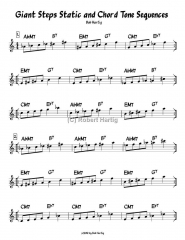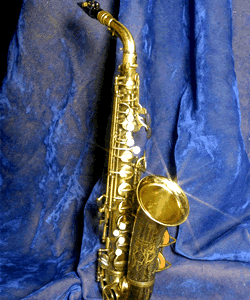One of the marvels of YouTube is its videos of classic rock bands performing in the studio or in concert. Hendrix, Janis, The Who, Mountain, Jethro Tull … you can find them all, alive and kicking, in the prime of their youth and at the peak of their creative spark.
But among the icons of rock, one band towers above all the rest. In my estimation and that of many others, The Beatles were the progenitors of modern rock music, the importers of a British influence that took R & B in a different, electrifying direction. They were the watershed from which many streams have flowed. There may have been better instrumentalists in their day, but collectively the Fab Four were sheer genius.
Fortunately, The Beatles are well represented on YouTube. If I’ve seemed a bit effusive in my praises of them here, it’s because I just finished watching clips of the Beatles featuring two very different songs.
The first is an odd, artsy, vaguely disturbing video of the band members set in a dreamlike scenario filled with strange imagery. It’s an appropriate visual counterpart for the dark, richly textured John Lennon tune “Strawberry Fields Forever,” whose quirky, impressionistic lyrics, colorful orchestration, and shifting moods practically defined the psychedelic sound of the late 1960s. Whatever you consider “Strawberry Fields Forever,” it’s not rock and roll. It’s far too sophisticated for dance music. It is, in the parlance of those times, “a vibration,” something to be listened to, felt, and experienced.
On the other end of the spectrum is the video of the Beatles in the studio recording the visceral “Helter Skelter.” The tune is sheer, relentless energy. If “Strawberry Fields Forever” set the tone for psychedelia, “Helter Skelter” lit the fuse of heavy metal. I’d never have thought it of Paul, but seeing and hearing is believing. The man was a metal head before the term ever got coined. Small wonder that bands such as Aerosmith and Motley Crue covered the tune in their live concerts.
Speaking of which, I watched a number of other YouTube clips of various bands performing “Helter Skelter”: Aerosmith, Motley Crue, Bon Jovi, U2, even an older Paul McCartney. All of these groups offered some truly high-power performances. But the original Beatles version electrifies like nothing else. Maybe part of its impact lies in the simply seeing the guys playing together on the video and realizing just how much energy they generated. Whatever the case, the effect is incendiary.
The band’s impact continues to reverberate decades after their breakup in late 1969. While some of the commentary that attends the YouTube clips is what you would expect, I nevertheless find it gratifying to see how much reverence, if not outright adoration, is accorded the Beatles by so many listeners who weren’t even born until twenty and even thirty years after the recordings.
My apologies, by the way, for not including links to the YouTube videos mentioned in this post. Regrettably, such videos have a poor shelf life, and I consider it pointless to include links that are almost certain to wind up broken within a year or so.
I have no more to say about The Beatles tonight, largely because there is so much to say about them that it’s best to stop here and, um, let it be. It is late and I’m tired. Good night.

 Over thirty years have passed from the days of God’s Family Band until today. Dad’s horn has been a constant companion in that journey, though I have not always been constant with it. There were times when I set it aside for a season, and other times when I thought how much simpler life could be if I put it behind me forever. Yet every time I have set down the saxophone, I have returned to it. I have kept at it–because I must. It is more than a passion; it is a calling, integral to the way God has designed me.
Over thirty years have passed from the days of God’s Family Band until today. Dad’s horn has been a constant companion in that journey, though I have not always been constant with it. There were times when I set it aside for a season, and other times when I thought how much simpler life could be if I put it behind me forever. Yet every time I have set down the saxophone, I have returned to it. I have kept at it–because I must. It is more than a passion; it is a calling, integral to the way God has designed me.
